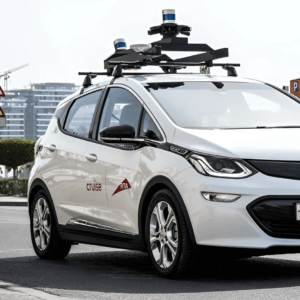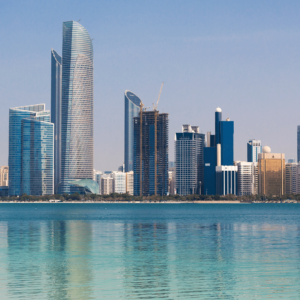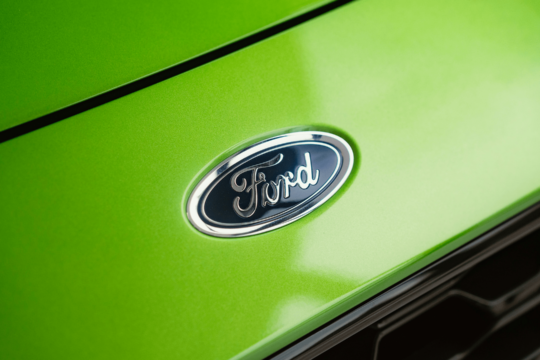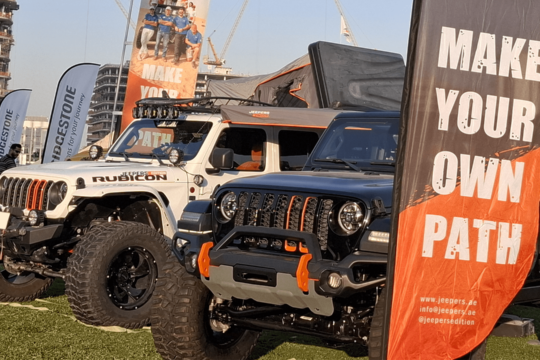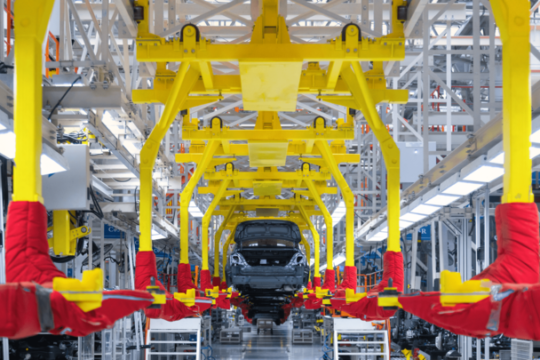New Pulse in the Powertrain
Electric mobility is no longer the outlier. It’s becoming the standard. Across the globe, manufacturers are shifting timelines, sunsetting combustion models, and doubling down on electric futures. But no matter how fast EVs evolve, their potential hinges on one thing: the energy that powers them.
This April, Middle East Energy (MEE) 2025 returned to the Dubai World Trade Centre from April 7–9, bringing the conversation to the very place where electrification isn’t just being discussed—it’s being built. With over 1,500 global exhibitors and 55,000 energy professionals expected to attend, the event is set to be a flagship gathering for energy, innovation, and infrastructure.
The Backbone of Electrified Motion
This year, MEE introduces two timely additions:
- A Battery and Energy Storage Zone, exploring the chemistry, scalability, and supply chains behind the EV ecosystem.
- A focused eMobility segment, diving into fast-charging networks, EV-ready city planning, and solutions for emerging fleet demands.
It’s a move that reflects the region’s growing alignment with clean mobility—not just in theory, but in practical investment.
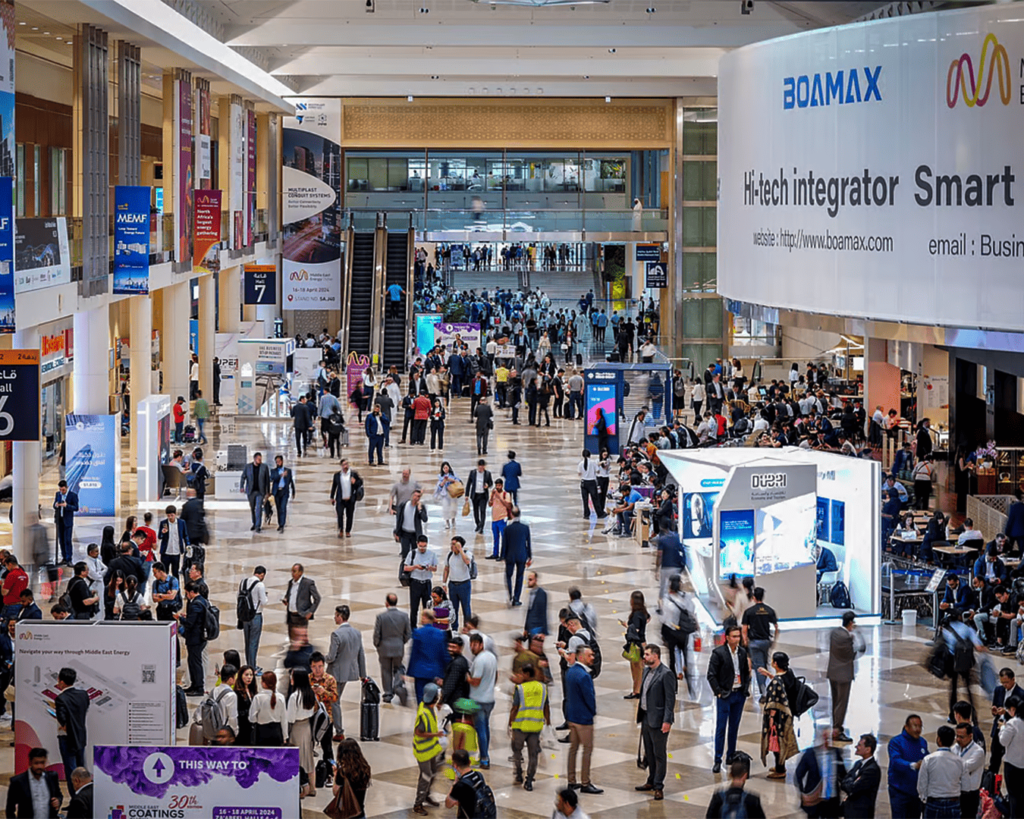
The $700 Billion Wager
By 2050, the MENA region is expected to invest $700 billion into energy-related projects. From solar fields in Abu Dhabi to hydrogen corridors in Saudi Arabia, infrastructure is being built to power homes, businesses, plus fuel a new kind of movement.
Why It Matters to Us
While many still see electric mobility through the lens of new models and futuristic interiors, the foundation lies in what MEE represents: power availability, speed of charge, and grid intelligence.
For OEMs, this is a chance to meet infrastructure players. For dealerships, it’s a primer on how to sell and service next-gen fleets. And for energy professionals, it’s a rare view of how automotive demand will shape the next two decades of planning.
From EV startups to established energy giants, expect discussions around:
- Battery second life and recycling pathways
- Cross-border EV infrastructure and charging standards
- Urban electrification and last-mile delivery solutions
It’s no longer a matter of “if,” but “how fast.”
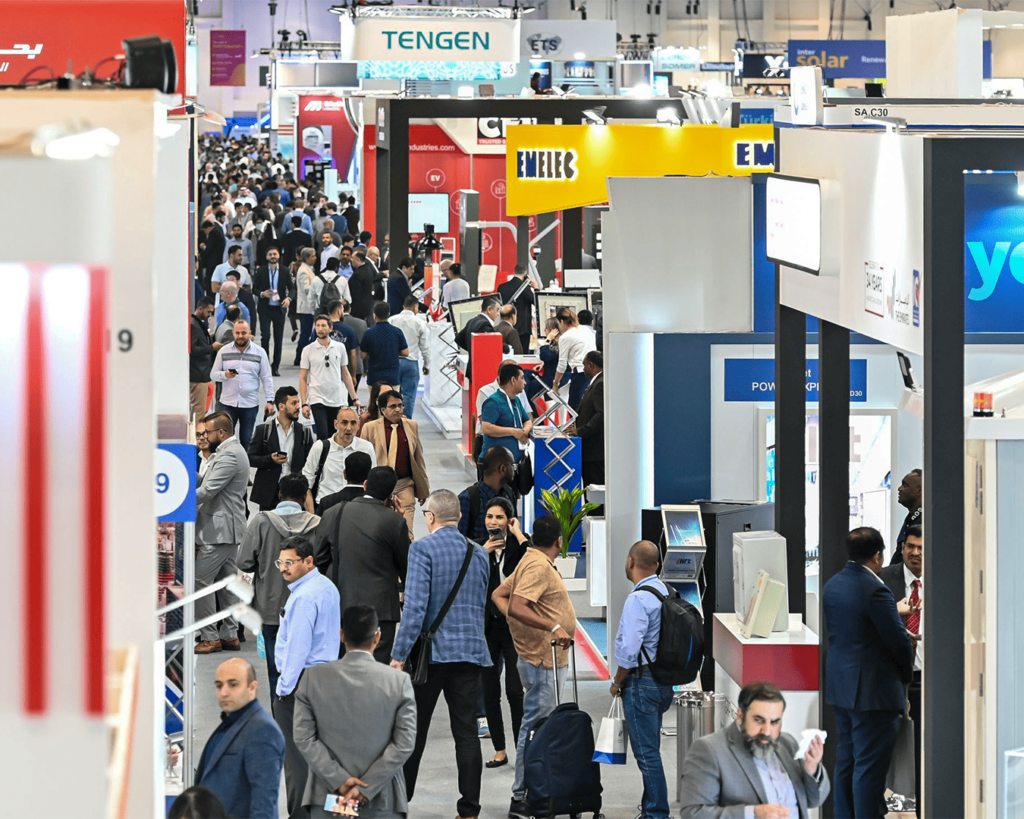
The Future in the Gulf
Electric mobility may be global, but the Middle East brings its own rhythm. Wide highways, cross-border logistics, and extreme climates test EVs like few other places. That’s why the work being done here is so critical.
At MEE 2025, the conversations will stretch beyond volts and kilowatts. They’ll touch on mobility culture, regional identity, and what it means to create a future-ready city from the curbside up.
A Road Worth Following
As the global shift toward electric gathers momentum, Middle East Energy 2025 will stand as both a checkpoint and a starting line. For those in the business of cars, it’s an event not to be missed—because no matter what badge is on the bonnet, all roads lead back to what lies beneath it.
Dubai may once have run on petrol dreams, but its future now hums with quiet, charged intent. MEE is where that future becomes reality. One connection at a time.


